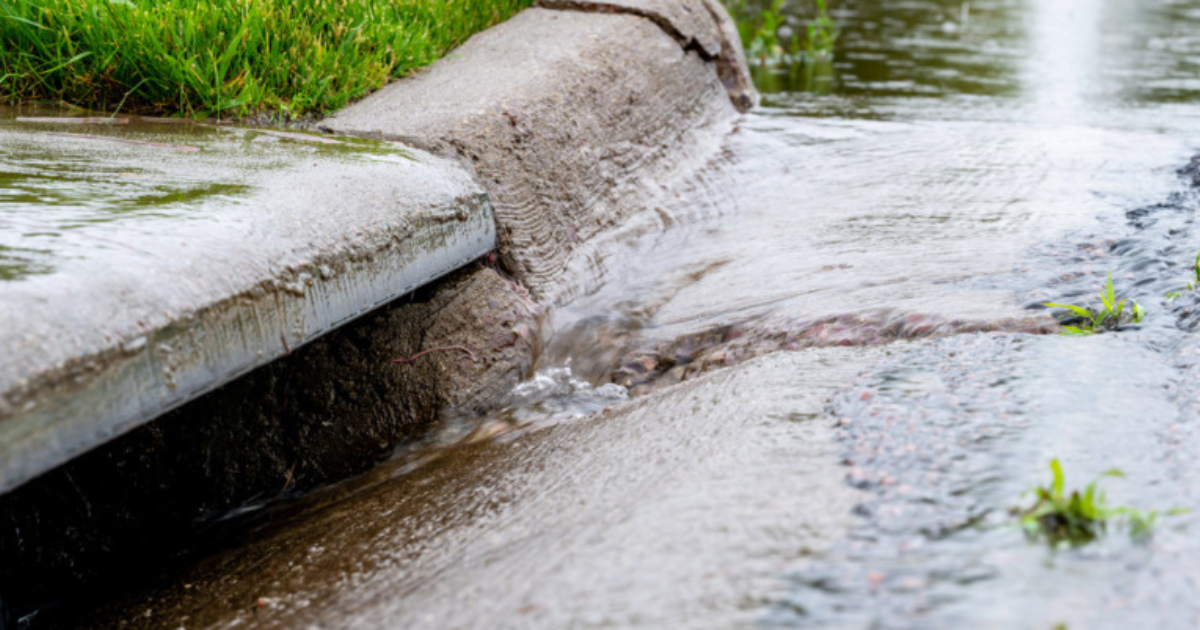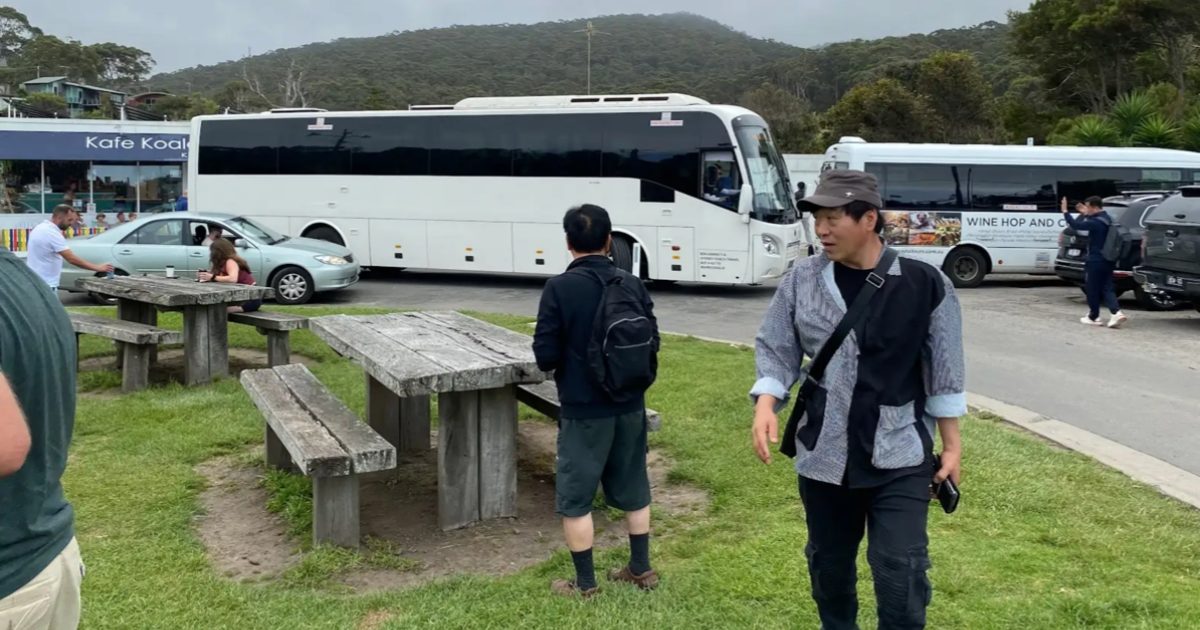Reserve’s new name acknowledges Indigenous heritage

Dr Heather Threadgold (first from left) and Melinda Kennedy (second from left) with Jani Chalmers, Jeanette Spittle, Trevor Prowd, and Cr Jim Mason.
OPEN space in Armstrong Creek has been renamed to reflect the Wadawurrung Traditional Owners’ ongoing connections to Country.
The City of Greater Geelong has renamed Stewarts Reserve to Dooliebeal, with new signage unveiled at the reserve last week.
Dooliebeal is a Wadawurrung name that references the river red gums found in the reserve and the broader Armstrong Creek valley.
The city says the name change respects the Wadawurrung people and their history, while also reflecting the wishes of the Stewart family.
Attendees at last week’s unveiling included Melinda Kennedy from MURRI:YUL consultants, a Wadawurrung Traditional Owner and expert in Aboriginal cultural heritage; her business partner Dr Heather Threadgold, and the council’s chair of its Aboriginal portfolio, Cr Jim Mason.
Ms Kennedy said she hoped Armstrong Creek residents using the reserve would remember the ongoing connections of First Nations people and the significance Dooliebeal has in the health of the area.
Cr Mason was optimistic the new name will build greater understanding of Wadawurrung history in the Greater Geelong region.
“Language is just one of the many casualties experienced by First Nations Peoples since colonisation,” he said.
“By working with the Traditional Owners of our region to name places in Wadawurrung Language, we are seeking to showcase local cultural heritage as well as pay respect to the amazing resilience of all First Nations Peoples.”
The four-hectare reserve is located off Warralily Boulevard and contains grassy woodlands that are classified as endangered vegetation in Victoria.
John Stewart bought land opposite the reserve in the mid-1850s and his descendants lived there until 1981.
The name change follows public feedback and consultation with Mr Stewart’s great-great-grandson (also named John Stewart) and two other descendants.
The Stewart family has not been forgotten, with a walkway next to the reserve named Stewarts Road.
The city says recognising traditional Wadawarrung Language for names of places is a key action in its Reconciliation Action Plan.

















